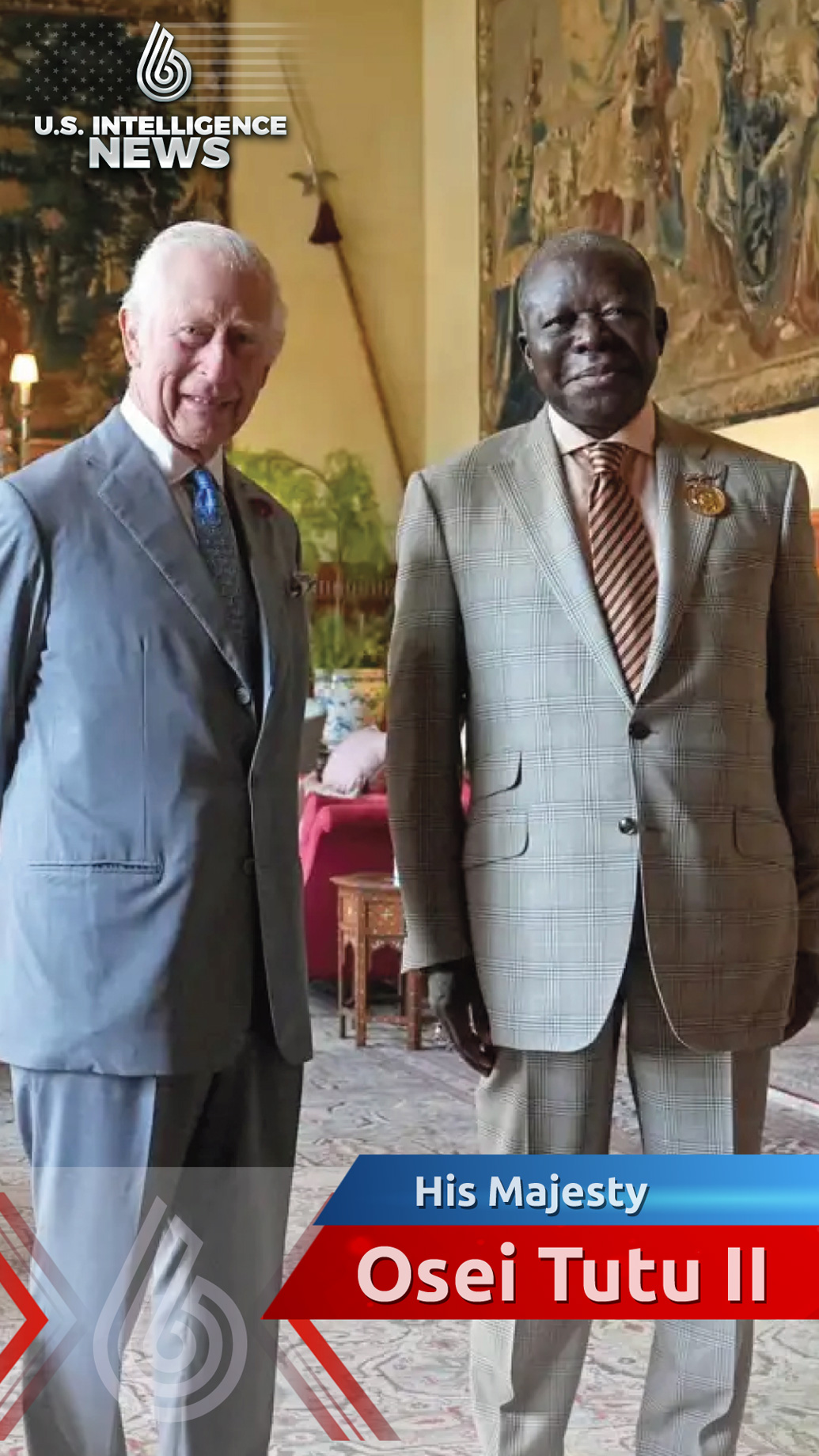
The U.S. Intelligence Community
President Biden is catalyzing development of thousands of miles of new and upgraded transmission lines that will reduce electricity costs for families and businesses, prevent power outages in the face of extreme weather, and create good-paying jobs in the clean energy economy.
Today, the Department of Energy (DOE) announced that first-round applications are open for competitive grants under the Grid Resilience and Innovation Partnership Programs, which total $10.5 billion in available funding, as well as the $2.5 billion Transmission Facilitation Program. Funded by the President’s Bipartisan Infrastructure Law, these programs together represent the largest single direct federal investment in critical transmission and distribution infrastructure.
An estimated 70 percent of the nation’s transmission lines are over 25 years old, and this aging infrastructure makes American communities, critical infrastructure, and economic interests vulnerable. New and upgraded transmission lines deliver electricity to where it’s needed, whether that means delivering wind and solar power to towns and cities across the country or moving power from one region to another that needs it in the face of storms, heat waves, and other extreme weather. An expanded transmission system is also critical to cost-effectively achieving the President’s goals of reducing greenhouse gas emissions 50-52% below 2005 levels in 2030 and achieving 100% clean electricity by 2035.
Today’s announcement builds on ongoing efforts across the Biden-Harris Administration to accelerate the buildout of long-distance, high-capacity transmission lines, including:
- Securing historic funding for transmission and grid upgrades: The President’s Bipartisan Infrastructure Law makes the largest investment ever in upgrading America’s power grid. Additionally, the Inflation Reduction Act provides nearly $3 billion in transmission funding, including $2 billion that will unlock additional billions in federal lending for projects designated by the Secretary of Energy to be in the national interest. The Inflation Reduction Act also provides significant loan authority for the DOE Loan Programs Office and funding for the U.S. Department of Agriculture’s (USDA) Rural Utilities Service programs that can support grid modernization.
- Approving new interstate transmission lines: The Administration has also jumpstarted permitting for key transmission lines that cross Federally managed lands. In 2022, three major transmission projects received final approvals for construction from the Department of the Interior, including:
- The Energy Gateway South Transmission Line across Wyoming, Colorado, and Utah, with potential to unlock up to 2,000 MW of clean energy;
- The Ten West Link Transmission Line from Arizona to California, with potential to unlock up to 3,200 MW of clean energy;
- Two segments of the Gateway West Transmission Line Project from Wyoming to Idaho, with potential to unlock up to 765 MW of clean energy.
- Advancing major project reviews: The Department of the Interior has taken major steps forward on environmental reviews for several new transmission lines. Key milestones include:
- Initiating the review for the Greenlink West Transmission Project from northern to southern Nevada, with potential to unlock up to 5,000 MW of clean energy;
- Initiating the review for the Cross-Tie 500-kV Transmission Project from Utah to Nevada, with potential to unlock up to 1,500 MW of clean energy;
- Issuing a draft Environmental Impact Statement for the SunZia Southwest Transmission Project, a major milestone for two lines that could transport up to 4,500 MW of clean energy from New Mexico to markets in Arizona and California.
- Improving efficiency of federal permitting: As part of the Administration’s Permitting Action Plan—a strategy to strengthen and accelerate federal permitting and environmental reviews across a range of infrastructure projects—agencies are collaborating to promote sound and timely reviews of transmission projects. The Departments of the Interior, Agriculture, Defense, and Energy and the Environmental Protection Agency signed a Memorandum of Understanding to improve coordination and prioritize reviews for renewable energy projects on federal lands, as well as the transmission lines needed to support these projects.
- Launching the Building a Better Grid Initiative: To mobilize new funding and enhance collaboration between all levels of government, industry, unions, local communities, environmental justice organizations, and other stakeholders, the Administration launched the Building a Better Grid Initiative with a focus on long-distance, high-voltage transmission lines. This Initiative is administered by the Department of Energy’s new Grid Deployment Office, which supports development of new transmission lines and a more resilient grid through new and modernized distribution facilities to ensure all communities have access to reliable, affordable electricity.
- Supporting next-generation transmission planning: The Department of Energy is conducting a National Transmission Planning Study to help identify pathways for necessary large-scale transmission system buildouts that meet regional and national interests. The National Transmission Needs Study also identifies current and anticipated future capacity constraints and congestion on the nation’s electric transmission grid. These efforts include robust engagement with industry stakeholders, communities, and regional and local governments.
- Making federal financing more accessible: The Department of Energy recently launched the Grid and Transmission Programs Conductor to help inform state and local governments, Tribes and territories, utility and industry partners, and other stakeholders about the application process and timelines for a range of federal financing opportunities totaling billions of dollars in grants, loans, and other forms of financing. Today, the Conductor released a new interactive feature for public and private partners to more easily identify which financing opportunities are right for them.
- Advancing offshore wind transmission: The Departments of Energy and the Interior are developing recommendations, in consultation with key stakeholders, on offshore wind transmission planning and development. This work includes an Atlantic Offshore Wind Transmission Study and an analysis of West Coast offshore wind transmission needs. The Inflation Reduction Act provides $100 million to support transmission planning, modeling, and analysis, including for offshore wind transmission.
- Supporting other levels of government: The Administration is taking a wide range of steps to help states, Tribes, territories, and local governments advance transmission projects. For example, the Department of Transportation issued guidance to help state agencies host transmission lines along existing highway rights-of-way. Additionally, the Inflation Reduction Act provides $760 million in grants available to siting authorities and other state, local, or Tribal governmental entities to facilitate the siting of interstate transmission projects.
- Accelerating innovative solutions: As part of the Administration’s Net-Zero Game Changers Initiative, one of five near-term priorities is research and development to support a net-zero power grid and electrification—including advanced transmission and distribution planning and operations. Efforts underway include the Department of Energy’s Transmission Reliability Program and Energy Storage Program, with support from the National Laboratories, to advance research and development needed for the electricity delivery system of the future.
###
The post FACT SHEET: The Biden-<span class="dewidow"></span>Harris Administration Advances Transmission Buildout to Deliver Affordable, Clean<span class="dewidow"> </span>Electricity appeared first on The White House.


 Russia’s Dark Power Struggle: Putin’s Corrupt Empire Teeters on the Edge
Russia’s Dark Power Struggle: Putin’s Corrupt Empire Teeters on the Edge  The Unconventional Diplomatic Dynamics Shaping Global Relations: Trump, Musk, and Covert Negotiations
The Unconventional Diplomatic Dynamics Shaping Global Relations: Trump, Musk, and Covert Negotiations  Russian Banking Sector on Brink of Collapse, Up to 50% of Banks Face Liquidation
Russian Banking Sector on Brink of Collapse, Up to 50% of Banks Face Liquidation  Russian Leadership Faces Mounting Domestic Challenges Amid Anniversary of Putin’s Death
Russian Leadership Faces Mounting Domestic Challenges Amid Anniversary of Putin’s Death 


